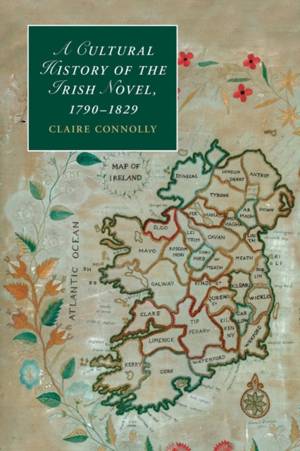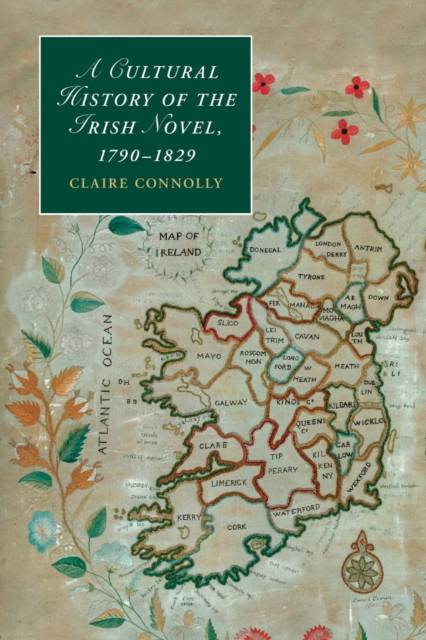
Door een staking bij bpost kan je online bestelling op dit moment iets langer onderweg zijn dan voorzien. Dringend iets nodig? Onze winkels ontvangen jou met open armen!
- Afhalen na 1 uur in een winkel met voorraad
- Gratis thuislevering in België vanaf € 30
- Ruim aanbod met 7 miljoen producten
Door een staking bij bpost kan je online bestelling op dit moment iets langer onderweg zijn dan voorzien. Dringend iets nodig? Onze winkels ontvangen jou met open armen!
- Afhalen na 1 uur in een winkel met voorraad
- Gratis thuislevering in België vanaf € 30
- Ruim aanbod met 7 miljoen producten
Zoeken
Omschrijving
Claire Connolly offers a cultural history of the Irish novel in the period between the radical decade of the 1790s and the gaining of Catholic Emancipation in 1829. These decades saw the emergence of a group of talented Irish writers who developed and advanced such innovative forms as the national tale and the historical novel: fictions that took Ireland as their topic and setting and which often imagined its history via domestic plots that addressed wider issues of dispossession and inheritance. Their openness to contemporary politics, as well as to recent historiography, antiquarian scholarship, poetry, song, plays and memoirs, produced a series of notable fictions; marked most of all by their ability to fashion from these resources a new vocabulary of cultural identity. This book extends and enriches the current understanding of Irish Romanticism, blending sympathetic textual analysis of the fiction with careful historical contextualization.
Specificaties
Betrokkenen
- Auteur(s):
- Uitgeverij:
Inhoud
- Aantal bladzijden:
- 290
- Taal:
- Engels
- Reeks:
- Reeksnummer:
- nr. 91
Eigenschappen
- Productcode (EAN):
- 9781107449169
- Verschijningsdatum:
- 26/06/2014
- Uitvoering:
- Paperback
- Formaat:
- Trade paperback (VS)
- Afmetingen:
- 150 mm x 226 mm
- Gewicht:
- 385 g

Alleen bij Standaard Boekhandel
+ 121 punten op je klantenkaart van Standaard Boekhandel
Beoordelingen
We publiceren alleen reviews die voldoen aan de voorwaarden voor reviews. Bekijk onze voorwaarden voor reviews.











